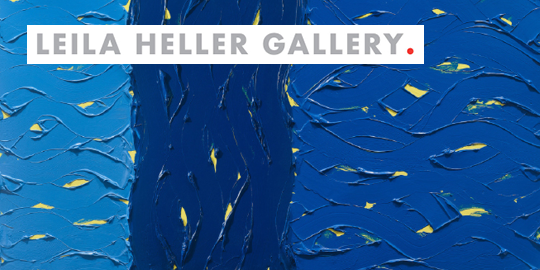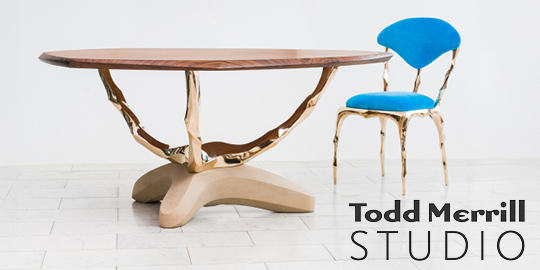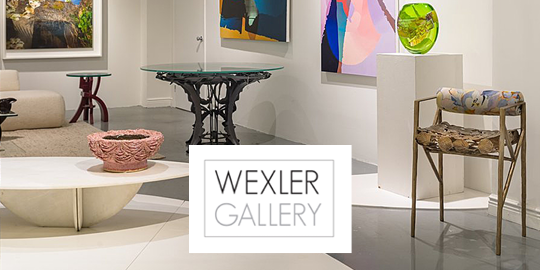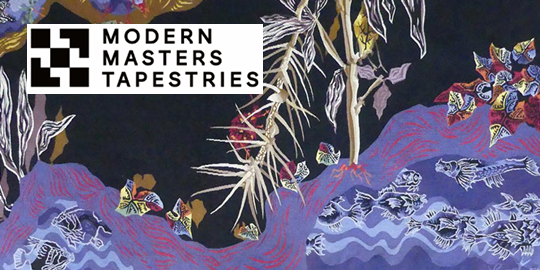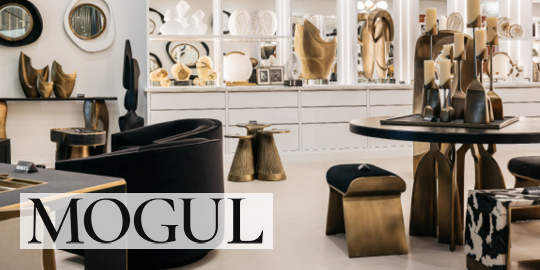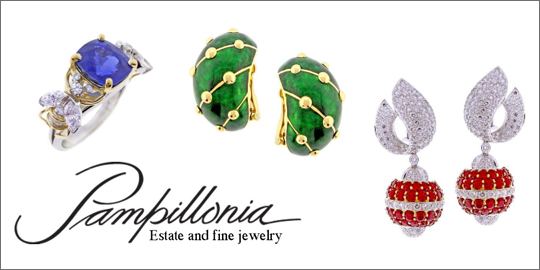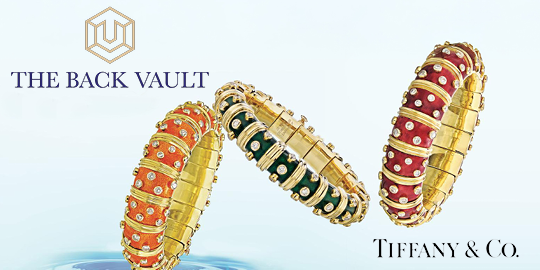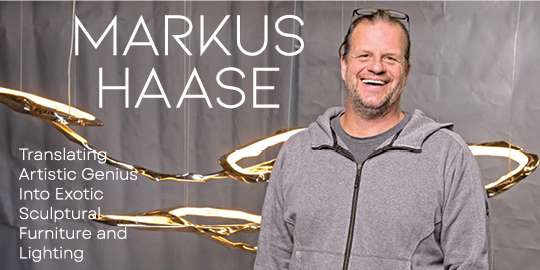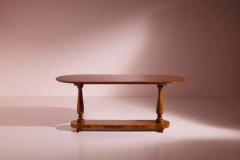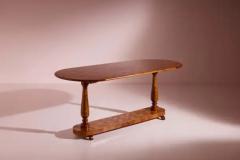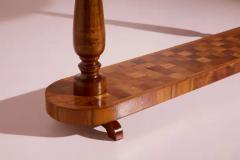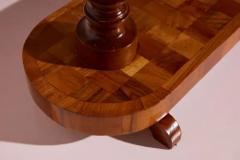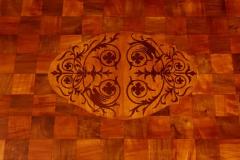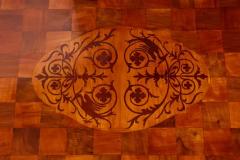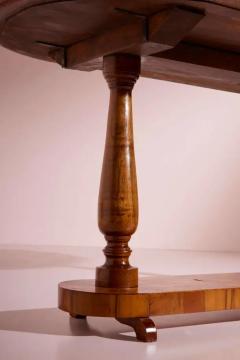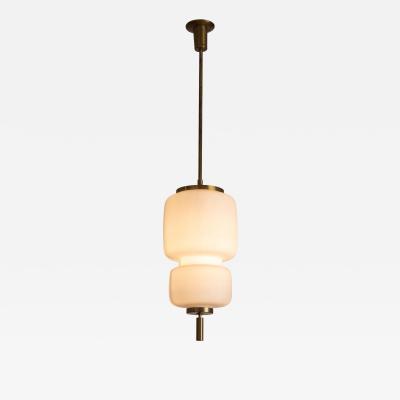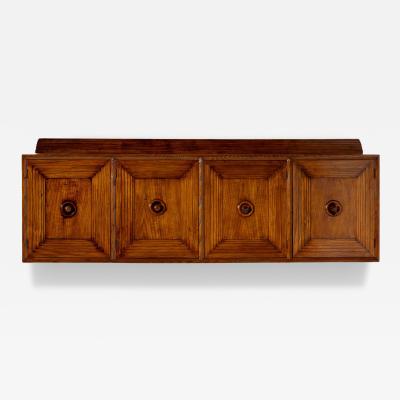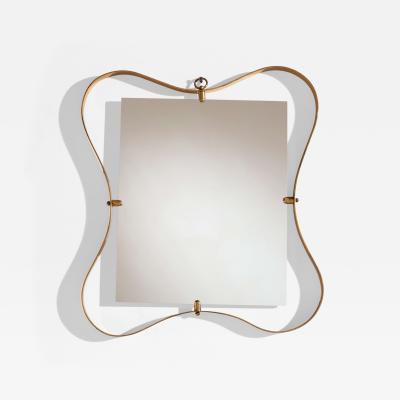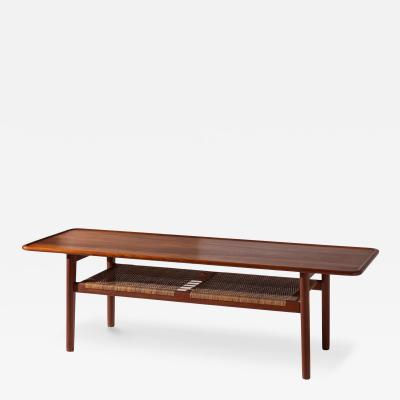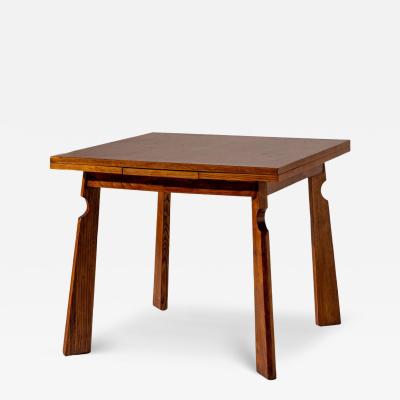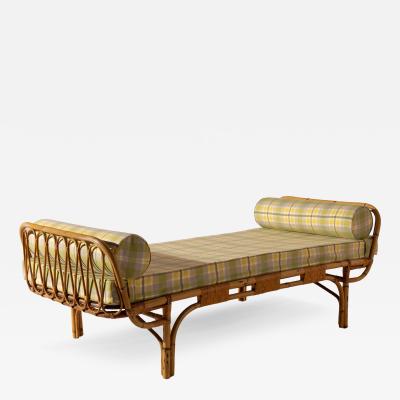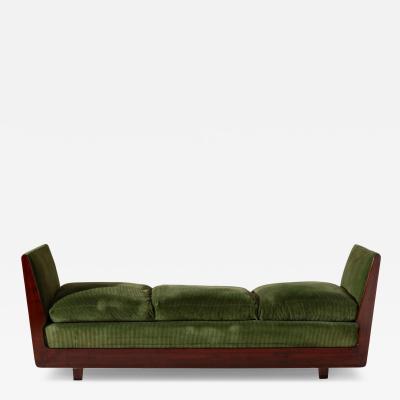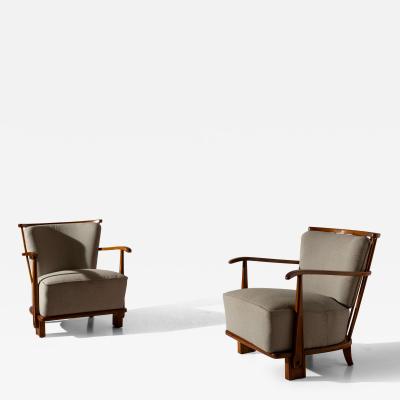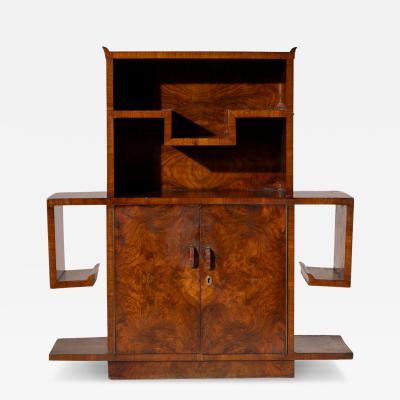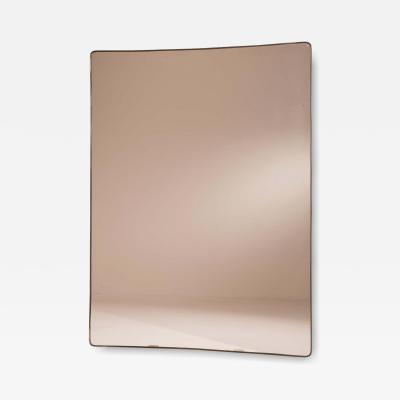A large oval serving table with a cherrywood-turned base and decorative inlays on the top, artistic Chiavari craftsmanship, Italy, 1940s
The oval shape that characterizes this large occasional table enhances the elegance of a piece crafted by Chiavari artisans. Not only chairs, then. The Ligurian town by the sea has also been known for its elite production of high-quality furniture, complementing the renowned manufacture of lightweight chairs. This piece stands as a testament to the close connection between the furniture and the local tradition of Chiavari cabinetmakers and chairmakers, as reflected in the choice of materials.
The table’s top features a large checkerboard pattern covering its entire surface. The wood used for the decoration is walnut and wild cherry, recognizable by the gentle coloration of its grain. It is the same naturally seasoned cherry that is the primary material used in Chiavari’s lightweight chairs.
The aesthetic of this table is defined by the perfect harmony of proportions between the components: the top surface, the smaller lower tier, and the two connecting elements that support the structure. These are two solid wood turned columns, whose sequence of volumes unmistakably recalls the typical turnings of Chiavari chairs, scaled down for the spindles and legs of these iconic seats.
This unique piece, created in the 1940s as a commissioned work, is a testament to the local craftsmanship of Liguria, a region that, until the mid-1960s, saw Chiavari become a small yet innovative and highly regarded hub of artistic furniture production.
Adding to the table’s allure is a delicate classical inlay at the center of the top, which, with an optical illusion (almost trompe-l'œil), appears to be an antique tray resting on the table, ready to receive guests. Notable are the four small semicircular feet that raise the structure slightly off the ground, contributing to the overall lightness of the piece.
The table has undergone a professional restoration that has enhanced the wood's grain and the light-dark interplay typical of inlay work.
Dimensions:
199 cm (width) × 81 cm (height) × 86.5 cm (depth)
78.3 in (width) × 31.9 in (height) × 34.1 in (depth)


